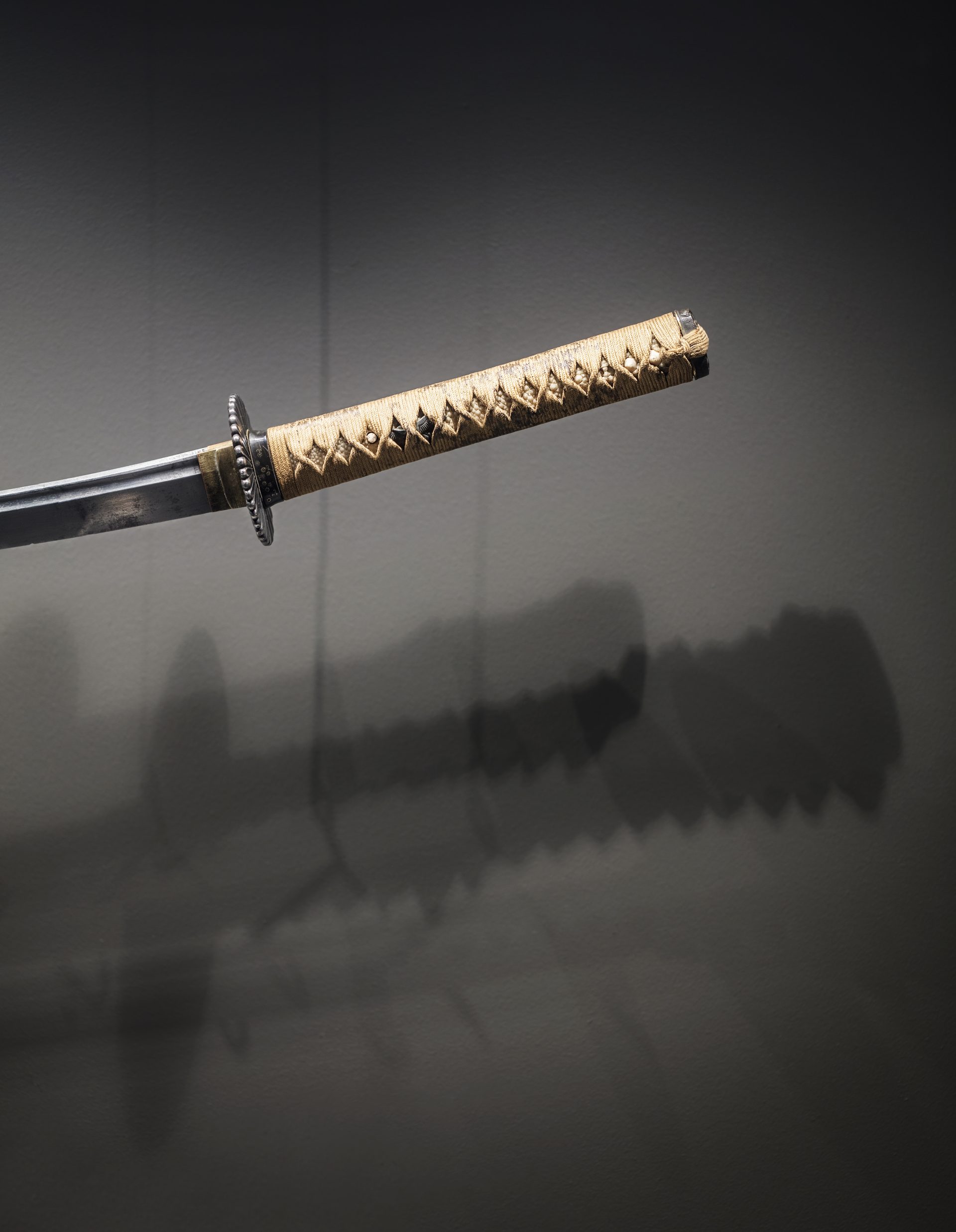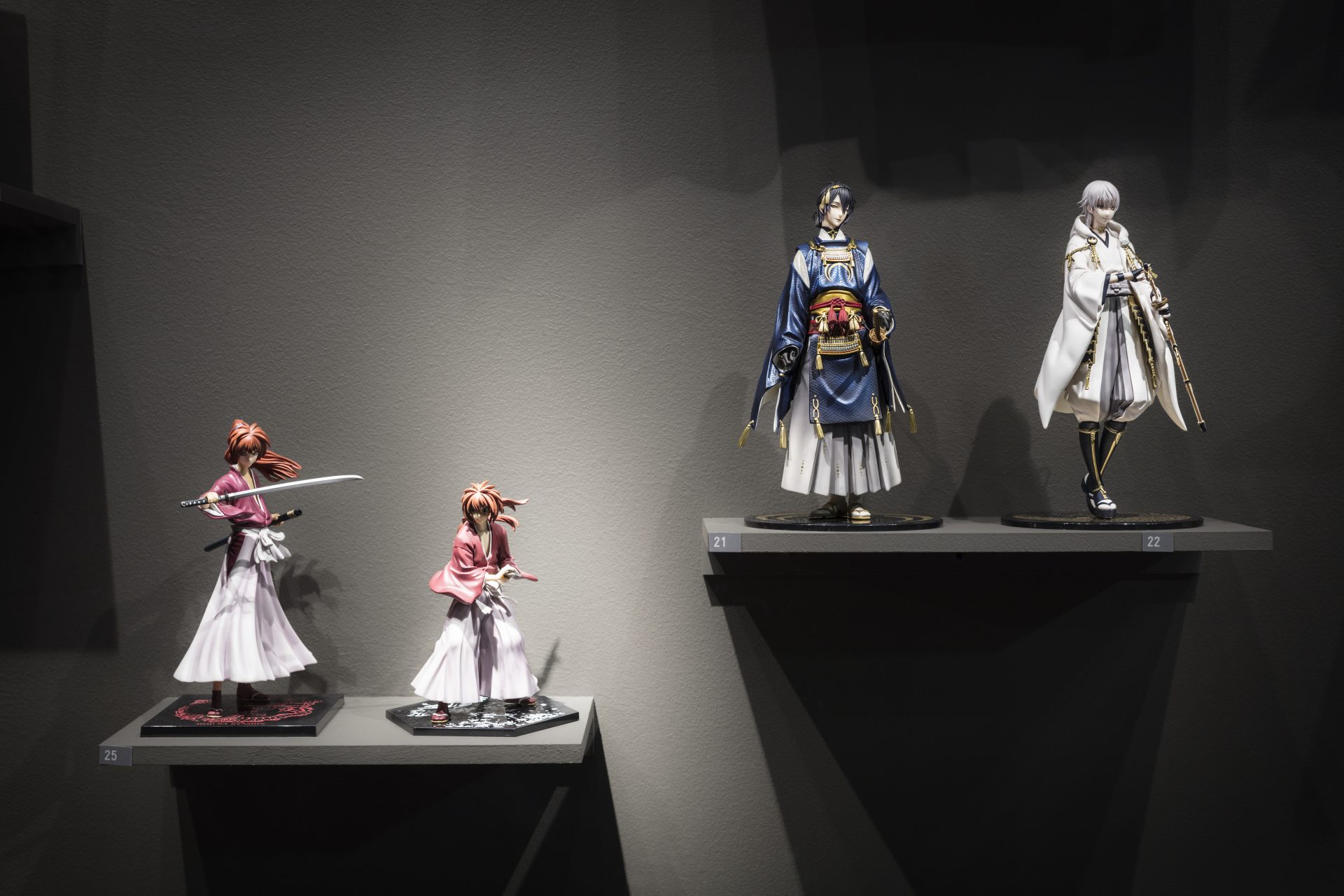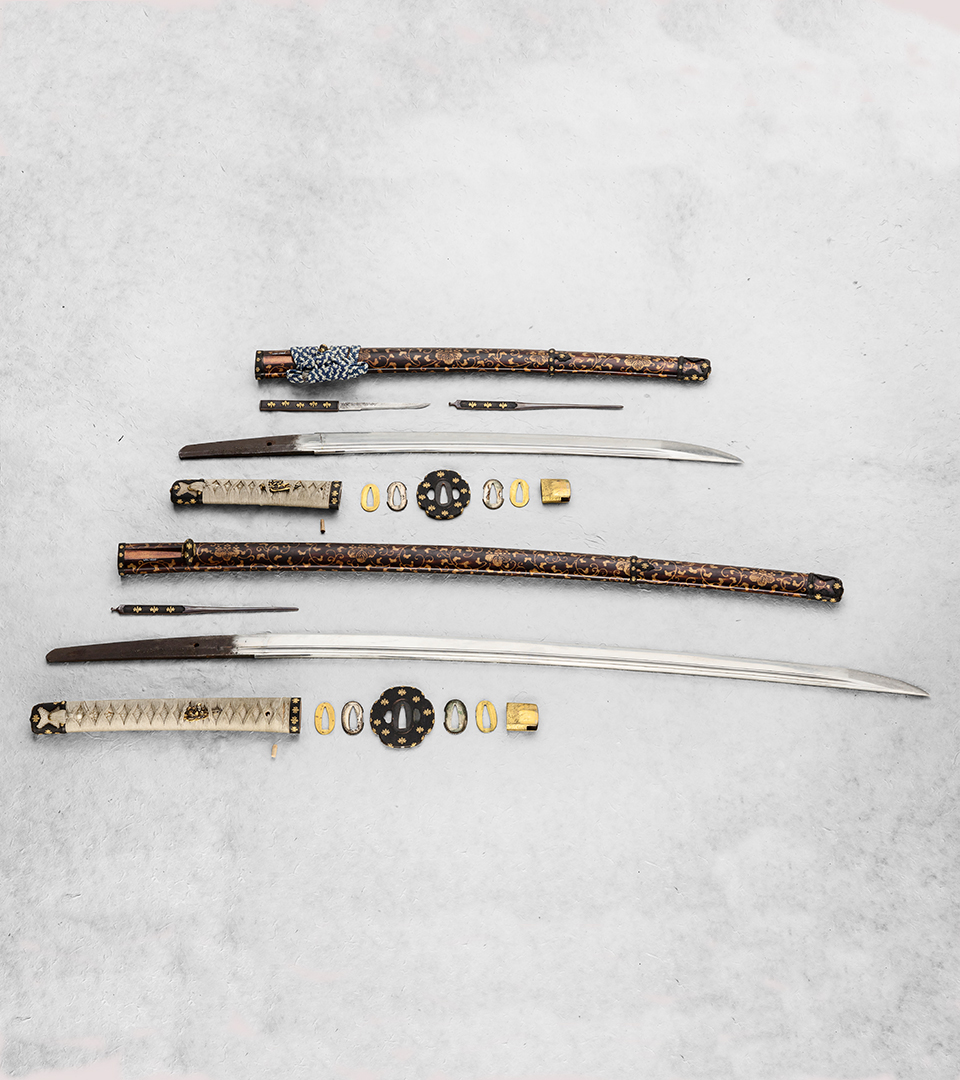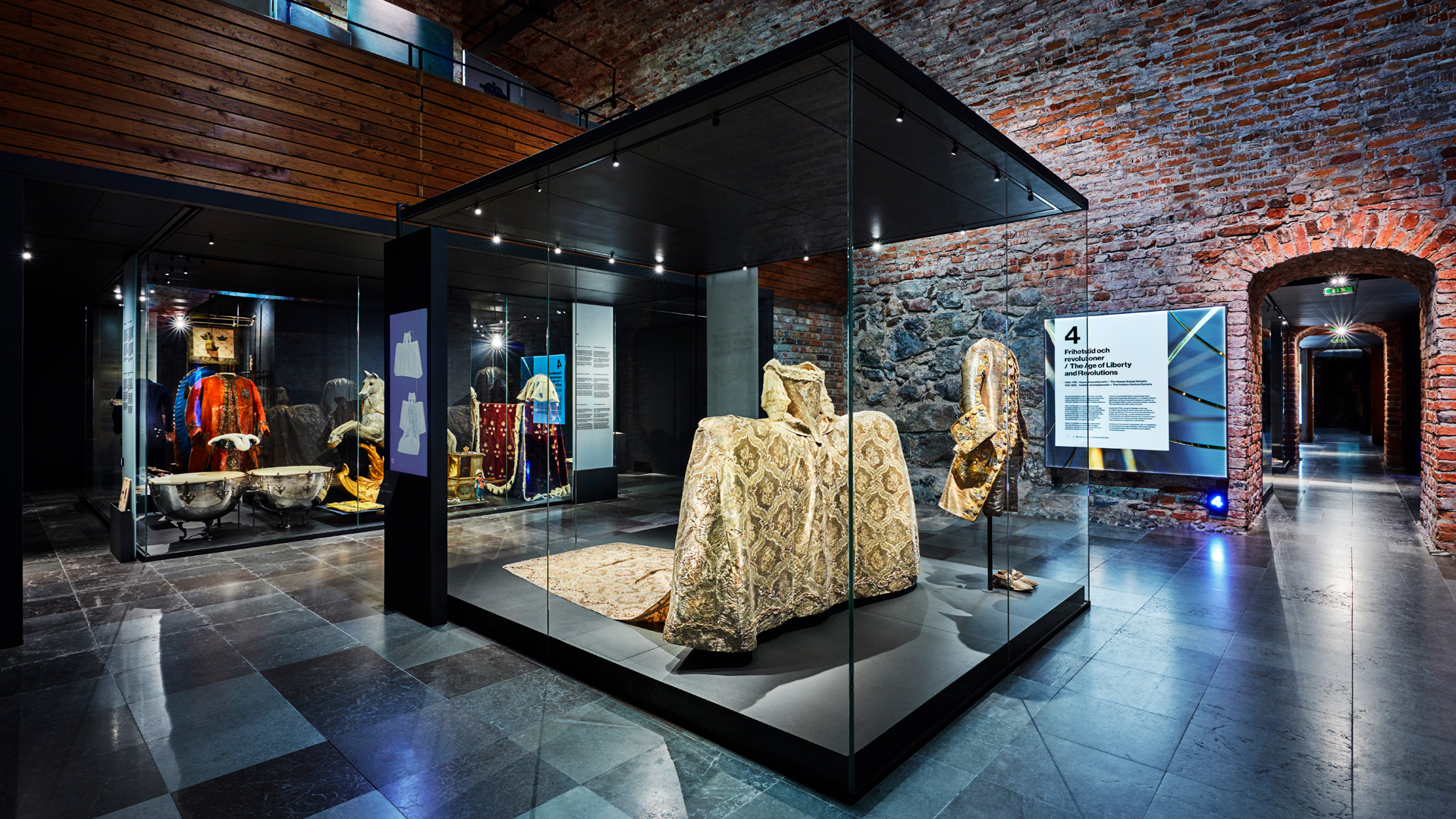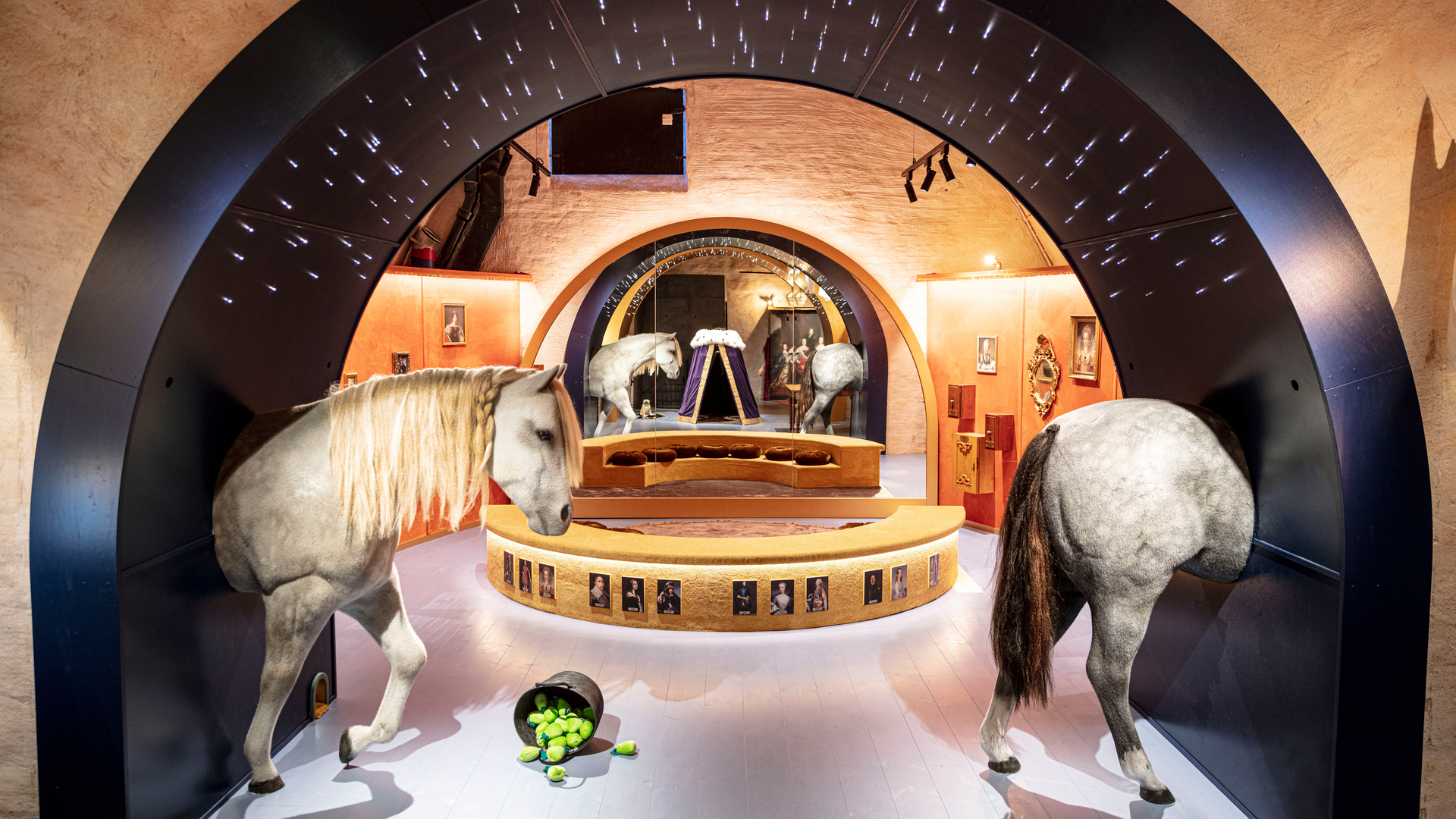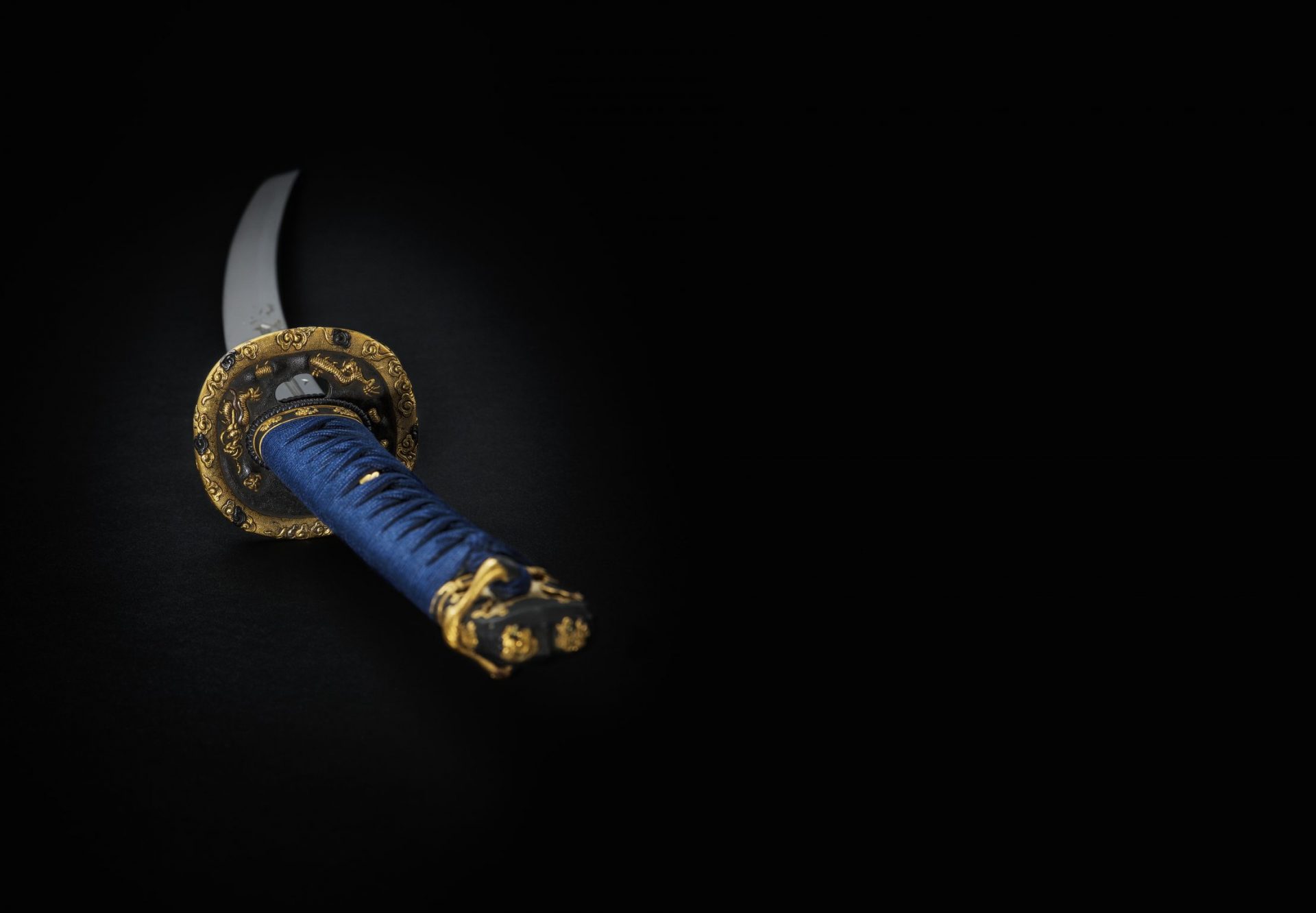
March 30 2017 – January 7 2018
Katanas – Japanese swords in fact and fiction
The Japanese sword is often associated with quality, effectiveness and precision. We are fascinated by the combination of lethal violence and artistic accomplishment – or is our fascination perhaps tinged with fear?
From representing the identity of a warrior in samurai culture, the sword went on to become the weapon of choice for film heroes in Hollywood – the significance of the katana has changed both with time and with growing international awareness. Interest in the Japanese sword remains as strong now as ever, despite the fact that it has existed in its current form for around 1,000 years.

